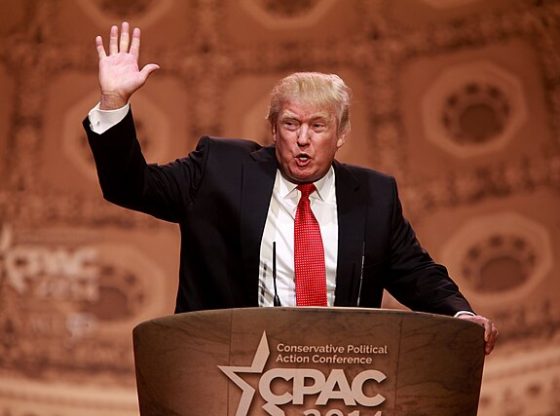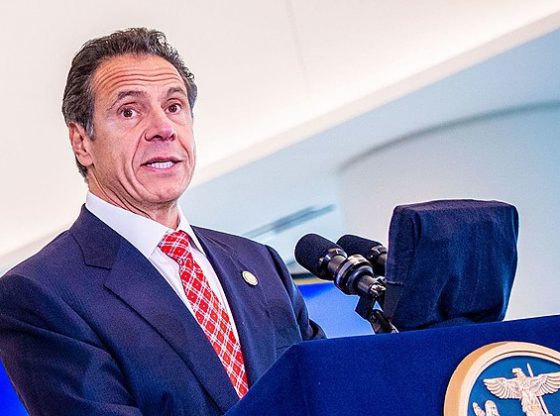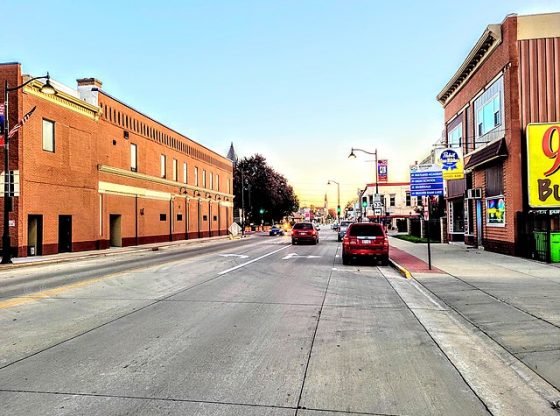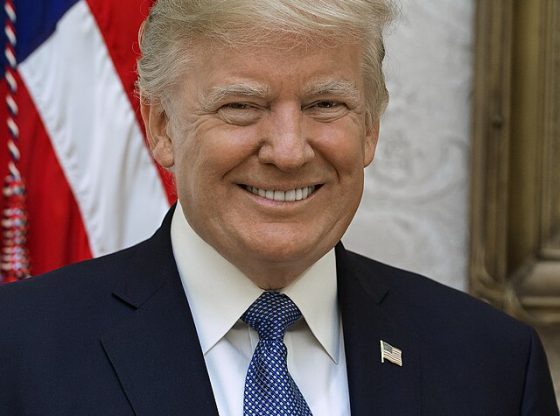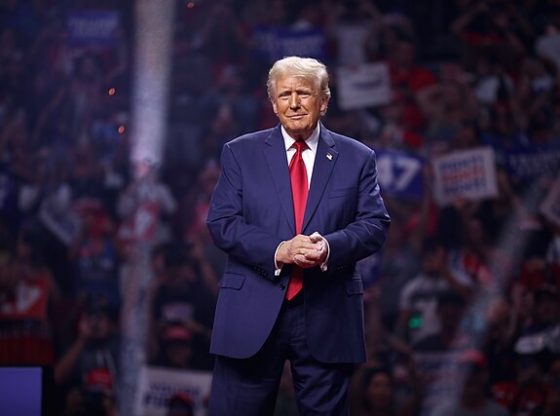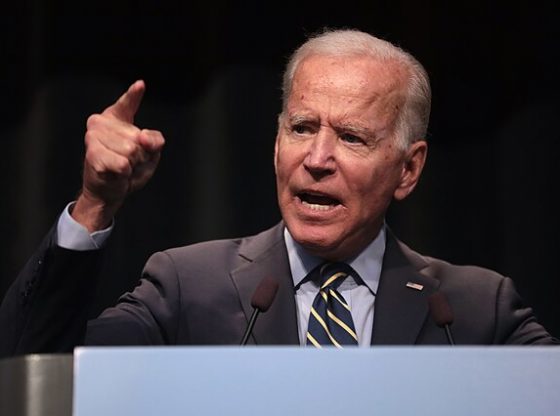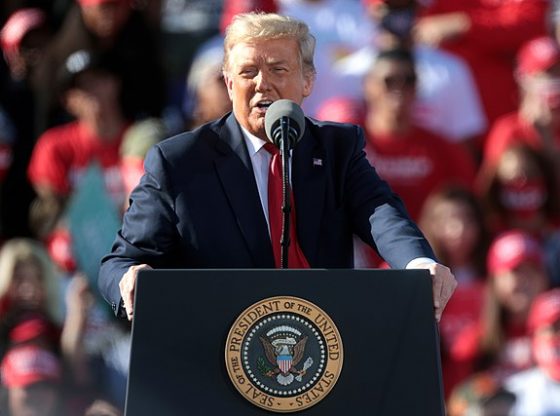It’s no secret that Sen. Rand Paul (R-KY) has underperformed in the presidential contest, and the question on most political observers and analysts’ minds is when will he exit the race? Unlike all of the other candidates, Sen. Paul must defend his elected position in 2016. Sen. Marco Rubio (R-FL) originally faced the same decision, but long ago announced that he would forego running for a second Senatorial term in order to fully concentrate on his presidential campaign.
A new Vox Populi poll (10/26-27; 618 KY registered voters) surveying the Kentucky electorate on the eve of their gubernatorial election (Tuesday, Nov. 3) also tested Sen. Paul in a hypothetical re-election effort. According to these results, Paul only maintains a 47-38% lead over state Auditor Adam Edelen (D), who is merely a prospective Democratic candidate. The Democrats’ first choice to challenge the incumbent is outgoing Gov. Steve Beshear (D), but he has given no indication of having any interest in the federal position when his final term ends in January.
Based upon the Governor’s results, the Vox polling sample might have a slight Republican skew, meaning Paul’s situation could conceivably be more precarious. The Governor numbers find Republican Matt Bevin tied with Attorney General Jack Conway (44% apiece), which is considerably better than the other recently published polls: last week both Survey USA and Western Kentucky University projected Conway as a 45-40% leader.
At this point, no national or state presidential survey posts Sen. Paul anywhere near the top of the Republican field, but he does possess some below-the-surface assets. First, largely building upon the grassroots organization that his father, Rep. Ron Paul (R-TX-14), established over several failed runs for President it is conceivable that Rand Paul will perform a bit better than the polls. Therefore, it is possible to forecast him in a position where he will earn some committed delegate votes.
Second, the Kentucky Republican Party, at Paul’s behest, changed the state nominating system from a traditional primary to a caucus. As part of the arrangement, the Senator agreed to contribute over $750,000 to cover the party’s cost in running the new caucus system because the change allows him to simultaneously run for President and re-election.
Under Kentucky election law, no one may appear on the ballot for more than one office but the party sponsored and administered caucus will apportion delegates without involving the state government or voting public, a typical scenario for states using this type of precinct and county meeting system. Therefore, Sen. Paul and the others running for President won’t appear on an official Kentucky-sanctioned ballot. This allows him to compete in the March 5th Kentucky Presidential Caucus and for the Senate in the state’s regular primary election scheduled for May 17th.
Already, Republican leaders are beginning to pressure Paul to abandon his presidential campaign in order to concentrate on his Senate re-election. In a year when Democrats will only need to convert four of the 24 Republican in-cycle seats should they win the Presidency, and five if they do not (of course, this model requires them to hold all ten of their own in-cycle states), the party chieftains are naturally adverse to risking seats that should be safe.
Should Paul continue to perform in the second tier of presidential candidates, we can expect to see a stronger Democratic Senate challenger emerge in order to take advantage of what could be perceived as the incumbent’s political weakness at home. Thus, in at least this significant way, the presidential stakes are much higher for Rand Paul than almost any other national candidate.


